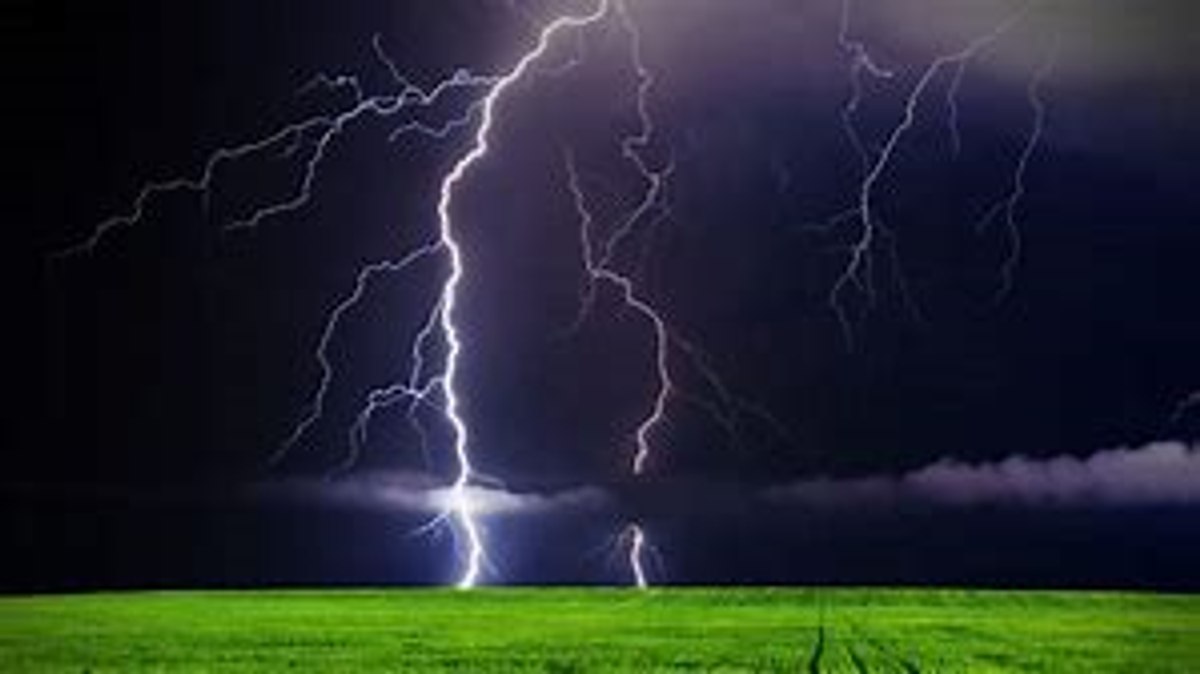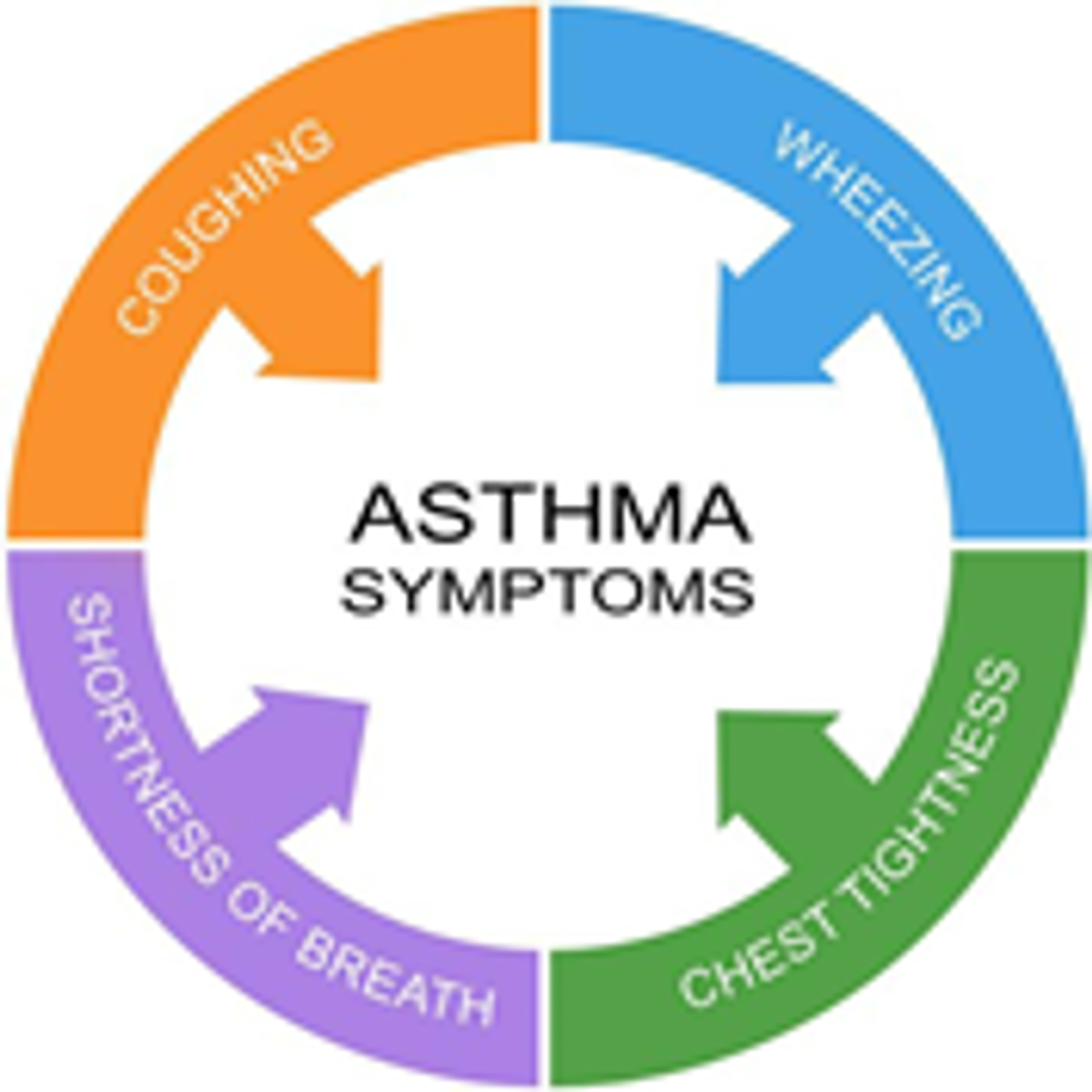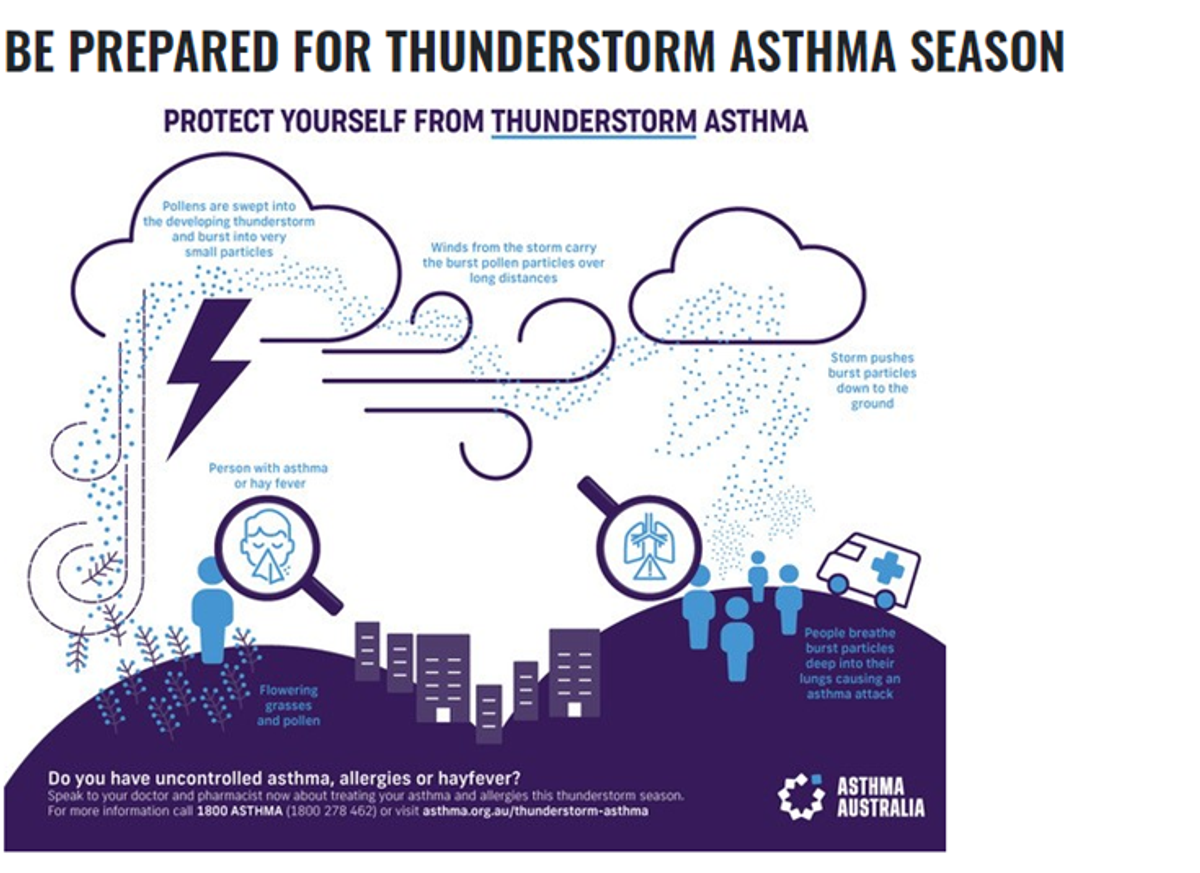Health Centre News
By Nurse Cecile

Health Centre News
By Nurse Cecile


Extreme warnings have been issued across Melbourne due to the high pollen count and current thunderstorm forecast. Thunderstorm asthma is something we have become familiar with and is caused by a potent mix of pollen and weather conditions that can trigger severe asthma symptoms in a large number of people over a short period of time.
Thunderstorm asthma may occur when a storm strikes on a hot and windy day during pollen season (early October - late December), when there are high levels of pollen in the air combined with a certain type of weather event.
When a storm front hits, the pollen grains absorb the moisture and burst into tiny particles. The thunderstorm winds blow the particles down to ground level, where they can be inhaled deep inside the lungs and trigger a serious asthma flare-up. Weather conditions like these can also lead to breathing problems being experienced not only by people with asthma but those who have seasonal hay fever. People who wheeze and sneeze with hay fever from pollens during spring are most likely to be affected, even if they have not been diagnosed with asthma before.
Who is most at risk of thunderstorm asthma?


Those at increased risk of thunderstorm asthma include people with both asthma and seasonal hay fever, as well as those with past or undiagnosed asthma. People with seasonal spring hay fever who have never had asthma are also at risk. Thunderstorm asthma can affect people living in metropolitan, regional or rural areas, even if they don't have a history of asthma.
The best way to treat thunderstorm asthma is to try to avoid it happening:


If you have any concerns, please contact me any time.
Thank you.
Nurse Cecile